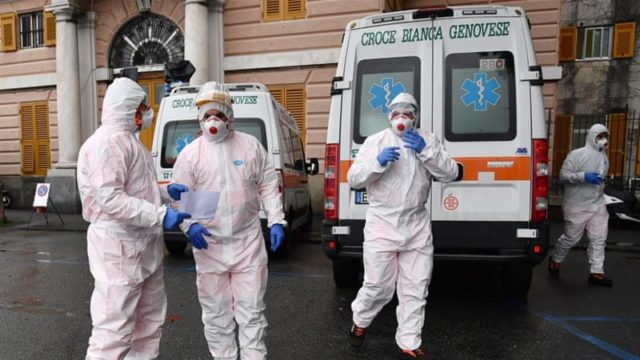
The virus has killed more than 7,000 people and infected more than 173,000 worldwide, mostly in China.
The World Health Organization (WHO) has declared a global pandemic over a new coronavirus which causes an illness officially known as COVID-19 that has spread to at least 140 countries and territories, killing more than 7,000 people worldwide.
On December 31 last year, China alerted WHO to several cases of unusual pneumonia in Wuhan, a port city of 11 million people in the central Hubei province. The virus was unknown.
Several of those infected worked at the city’s Huanan Seafood Wholesale Market, which was shut down on January 1.
As health experts worked to identify the virus amid growing alarm, the number of infections exceeded 40.
On January 5, Chinese officials ruled out the possibility that this was a recurrence of the severe acute respiratory syndrome (SARS) virus – an illness that originated in China and killed more than 770 people worldwide in 2002-2003.
On January 7, officials announced they had identified a new virus, according to the WHO. The novel virus was named 2019-nCoV and was identified as belonging to the coronavirus family, which includes SARS and the common cold.
Coronaviruses are common and spread through being in proximity to an infected person and inhaling droplets generated when they cough or sneeze, or touching a surface where these droplets land and then touching one’s face or nose.



